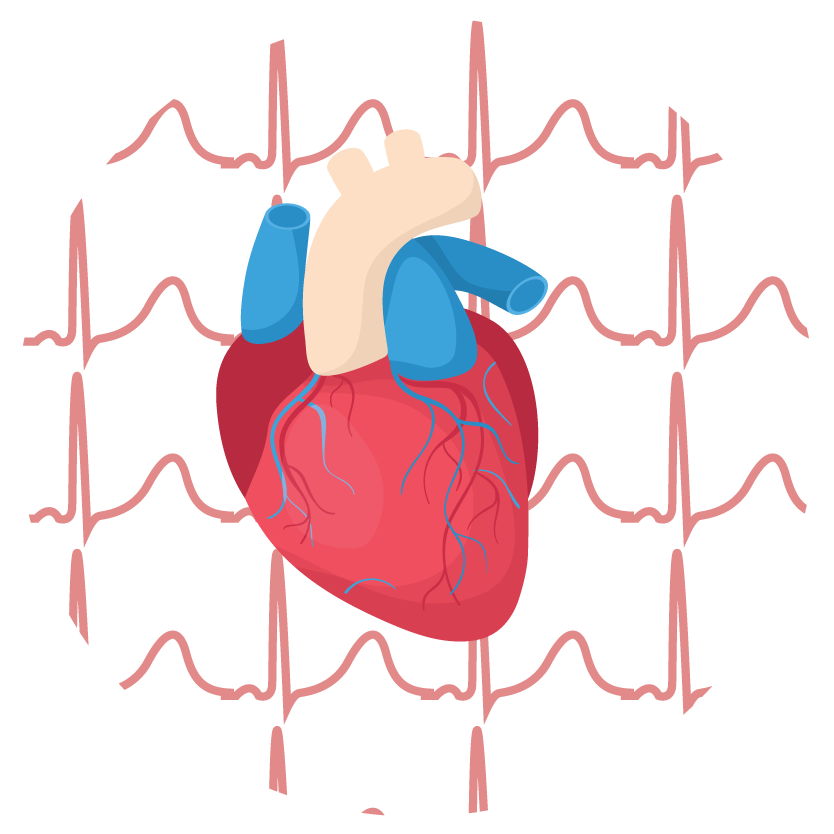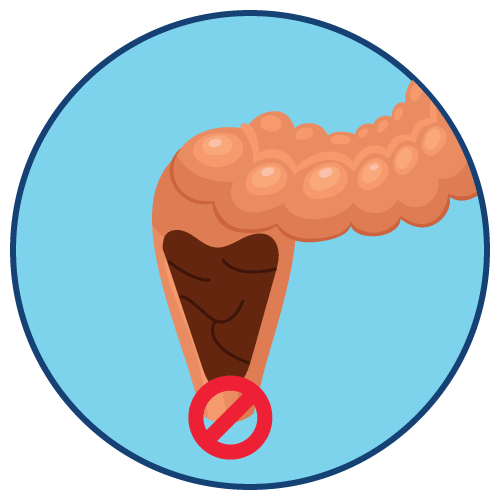| Name | Palonosetron |
| Classes |
Central Nervous System Agent 5HT3 receptor Antagonist |
| Diseases |
CNS Disorder Nausea Vomiting |
Palonosetron
Palonosetron is a selective serotonin 5-HT3 receptor antagonist. When serotonin binds to the 5HT3 receptors in the CNS or the peripheral vagal nerves, or both, it produces nausea and emesis. Palonosetron blocks this receptor, as a result serotonin cannot bind to the 5HT3 receptor. This prevents further signaling of emesis.
Chemotherapy-Induced Nausea and Vomiting
- Adults: 0.25 mg as a single dose infused over 30 seconds beginning approx. 30 min before the start of chemotherapy.
- Pediatrics (1 month to less than 17 years): 20 micrograms per kilogram (maximum 1.5 mg) as a single dose Infused over 15 minutes beginning approx. 30 min before the start of chemotherapy.
Post-operative Nausea and Vomiting
- The recommended adult dosage of Palonosetron HCl Injection is 0.075 mg administered as a single intravenous dose over 10 seconds immediately before the induction of anesthesia.
Following side effects maybe experienced-
- Headache
- Asthenia
- Somnolence
- Diarrhea
- Constipation
- Long QT syndrome
- In patients who have previously shown hypersensitivity to other selective 5-HT3 receptor antagonists, hypersensitivity reactions such as anaphylaxis and bronchospasm have been reported.
- Electrocardiogram (ECG) changes, including QT interval prolongation, have been observed in Palonosetron patients. Furthermore, post-marketing cases of Torsade de Pointes in patients taking Palonosetron have been reported.
- Serotonin syndrome has been reported when 5-HT3 receptor antagonists are used alone. The majority of reports have been linked to the concurrent use of serotonergic drugs (e.g., SSRIs, SNRIs, monoamine oxidase inhibitors, mirtazapine, fentanyl, lithium, tramadol, and intravenous methylene blue). Some of the reported cases resulted in death.
- The use of Palonosetron in patients who have had abdominal surgery or who have chemotherapy-induced nausea and vomiting may conceal a progressive ileus and/or gastric distension. Keep an eye out for decreased bowel activity, especially in patients who have risk factors for gastrointestinal obstruction.
Contraindication
- Contraindicated in patients hypersensitive to Granisetron or any of the components of the formulation.
- Contraindicated in patients receiving concomitant apomorphine due to the risk of profound hypotension and loss of consciousness.
There is no known contraindications of Granisetron in terms of food and drinks.
None known.
 Bangla
Bangla English
English






